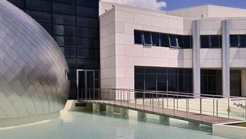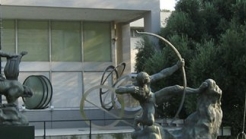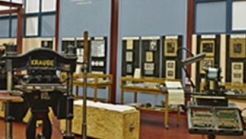

Greece
The canyon of Imvros is located at the prefecture of Chania, close to Sfakia .Spectacular, and with narrow passages, the canyon comprises of rocky formations. The wild flora is intense, ruling everywhere, with trees exploding literally out of rocks and stone.
The canyon of Imvros is located at the prefecture of Chania, close to Sfakia It is not organised, but has a well laid path, so you don’t need a guide. This was once the only “road” to Sfakia, so in essence in many parts we are walking on a well made stone paved road. The length is 8 kms. Spectacular, and with narrow passages, the canyon comprises of rocky formations. Thw wild flora is intense, ruling everywere, with trees exploding literally out of rocks and stone.
It begins after the last houses in Imvros and ends at the Komitades village. The first part passes through a forest of cypress, bushes and maples. In less than an hour’s hike we reach the middle of the canyon, where thre is a venetian puddle of water. From this part on, the most impressive route begins, with the walls of the canyon nearly touching each other in many parts.
The trail is not very hard, takes around 3 hours, and the first exit of the canyon of Imvros leads to the asphalt road that goes to Sfakia.
USEFUL INFORMATION
Visitors should know that there are no fountains, and no people selling water in the canyon, so bringing enough water with you is strongly recommended.


The Patras Archaeological Museum is nowadays one of the city’s milestones, as well as an exhibition space rich in exhibits, with the most current museological views.


The National Gallery has in its collections more than 17.000 works of painting, sculpture, engravings and other forms of art, and is the treasury of the recent Greek artistic creativity, covering a timespan from the metabyzantine days up to our days.


The Printing Museum is located in Chania, just outside the town, in Craft Park Souda Bay and a vision of life founder,Yannis Gieredaki, founder and publisher of the journal "Haniotika Nea".
1039 Ε 6061 01515 00